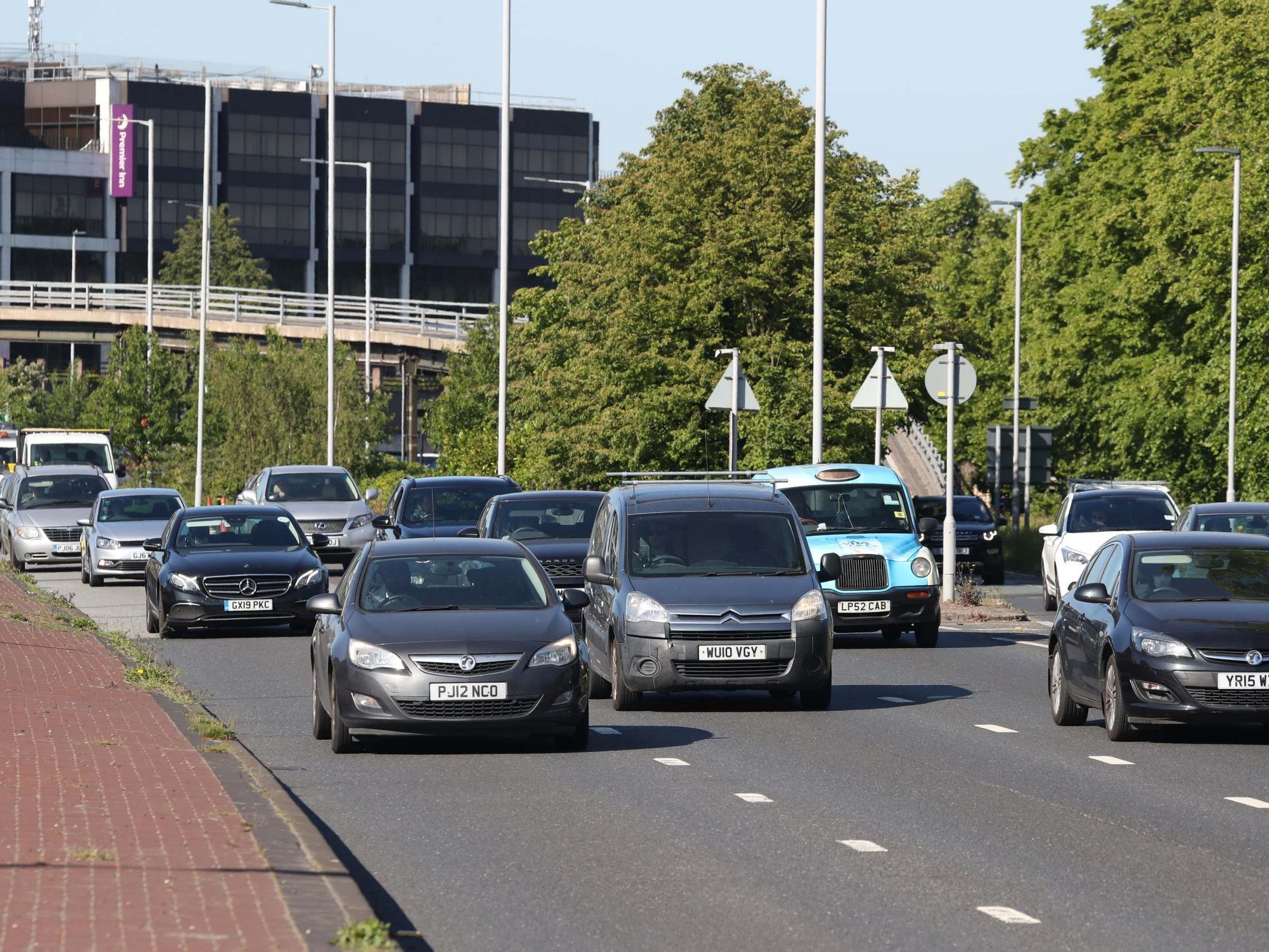This website uses cookies so that we can provide you with the best user experience possible. Cookie information is stored in your browser and performs functions such as recognising you when you return to our website and helping our team to understand which sections of the website you find most interesting and useful.

Swathes of London are to be closed to cars and vans while the congestion charge will be increased, to ease pressure on public transport.
Sadiq Khan said the plans to transform parts of central London would create “one of the largest car-free areas in any capital city in the world”.
The plans will see main streets between London Bridge and Shoreditch, Euston and Waterloo, and Old Street and Holborn limited to buses, pedestrians and cyclists.
Waterloo Bridge and London Bridge could also be restricted to people walking, cycling and buses only, with pavements widened to enable people to safely travel between busy railway stations and their workplaces.
The mayor said London needed to keep the number of people using public transport “as low as possible” to avoid a spike in Covid-19 cases.
But, he warned, journeys previously made by Tube and bus cannot be replaced by cars as “roads would immediately become unusably blocked and toxic air pollution would soar”.
Announcing the plans on Friday, he said: “We will need many more Londoners to walk and cycle to make this work.
“That’s why these plans will transform parts of central London to create one of the largest car-free areas in any capital city in the world.”
London’s congestion charge will also be reinstated from Monday under the terms of the government’s £1.6bn bailout of Transport for London (TfL).
Mr Khan agreed to the measure as part of a funding package to keep Tube and bus services running in the capital until the end of September.
He also announced the daily fee will rise from £11.50 to £15 next month, and the hours of operation will be extended.
Charges for driving into the centre of the capital are normally only enforced on weekdays between 7am and 6pm, but the mayor is planning to extend this to between 7am and 10pm, seven days a week. The changes are due to come into force from 22 June.
The amendments are temporary, although TfL agreed to review the congestion charge as part of the bailout.
London’s congestion charge and ultra low emission zone have been suspended during the coronavirus pandemic, but will both be reintroduced on Monday.
NHS and care home staff who work in the congestion charge area will be reimbursed for journeys related to tackling the virus, including their commutes.
TfL’s director of surface transport Gareth Powell said: “To prevent the city clogging up, and to support the greater levels of walking and cycling that will be vital to London’s restart, we are reinstating road user charging schemes and making walking and cycling easier and safer than ever before.”
Additional reporting by agencies



 Africana55 Radio
Africana55 Radio 

